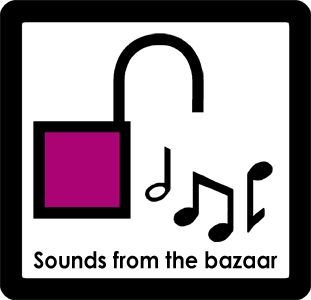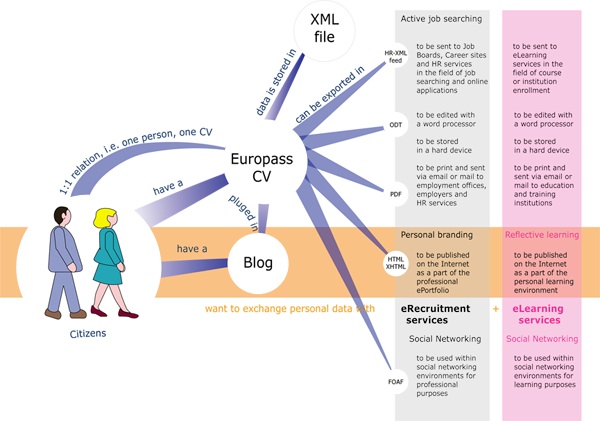Open education or educational marketplace?
It had to happen but its taken a long time coming. Over the last two weeks I have stumbled on an increasing number of sites offering free access to tools for on-line teaching and learning. Most of them seem to incorporate some elements of social software along with video conferencing software.
WiZiQ advertises itself as a platform for anyone and everyone who wants to teach or learn live, online. With a virtual classroom, educational content and a session scheduler, WiZiQ works best for anyone’s online teaching and learning needs, they say.
Whilst WiZiQ stresses the virtual classroom, Learnhub has a more community orientation. This is a site where people teach & learn online, they say. But the functionality seems much the same. And whilst it is hard to work out WiZiQ’s business model, Learnhub says in the future they will take a percentage from paid for courses.
It’s not confined to the English speaking world. e-teaching.org is a German language portal offering much the same services (and using Adobe software for conferencing).
All these sites are encouraging ‘teachers’ to develop their own courses and run them through the site. All are trying to a greater or lesser extent to build some kind of social software based community.
I think it is impossible to overestimate the importance of what is going on. None of these sites require that you are a trained or qualified teacher. None have restrictions based on age or geography.
It now is very, very easy to organise on-line seminars and programmes. In the past software was always a struggle. But it is not clear how this will evolve. It may be that the most use will be to supplement existing educational programmes. It could be that we will see an explosion in self organised teaching and learning. (I plan to organise a Pontydysgu seminar series in the near future). Or is could be that this is another step down the road to an education free market – and education courses become just another global commodity. I have argued endlessly that technology does not determine social development, instead society shapes technology. There is wonderful potential with this new wave of software but who it benefits will depend on how we use it.
 The first of the new series of Sounds of the Bazaar. In this new series we will be experimenting with our programme formats. We will be publishing a series of short podcasts around particular issues in learning and technology. And we will be podcasting as series of podcasts focused on practice. What makes some programmes so compelling and some so dull. Is it down to the technology? Is it a matter of following an instructional design manual? Is it the skills and personality of the teacher? How can social software and web 2.0 be used for learning.The first of the series features a dialogue with
The first of the new series of Sounds of the Bazaar. In this new series we will be experimenting with our programme formats. We will be publishing a series of short podcasts around particular issues in learning and technology. And we will be podcasting as series of podcasts focused on practice. What makes some programmes so compelling and some so dull. Is it down to the technology? Is it a matter of following an instructional design manual? Is it the skills and personality of the teacher? How can social software and web 2.0 be used for learning.The first of the series features a dialogue with 

